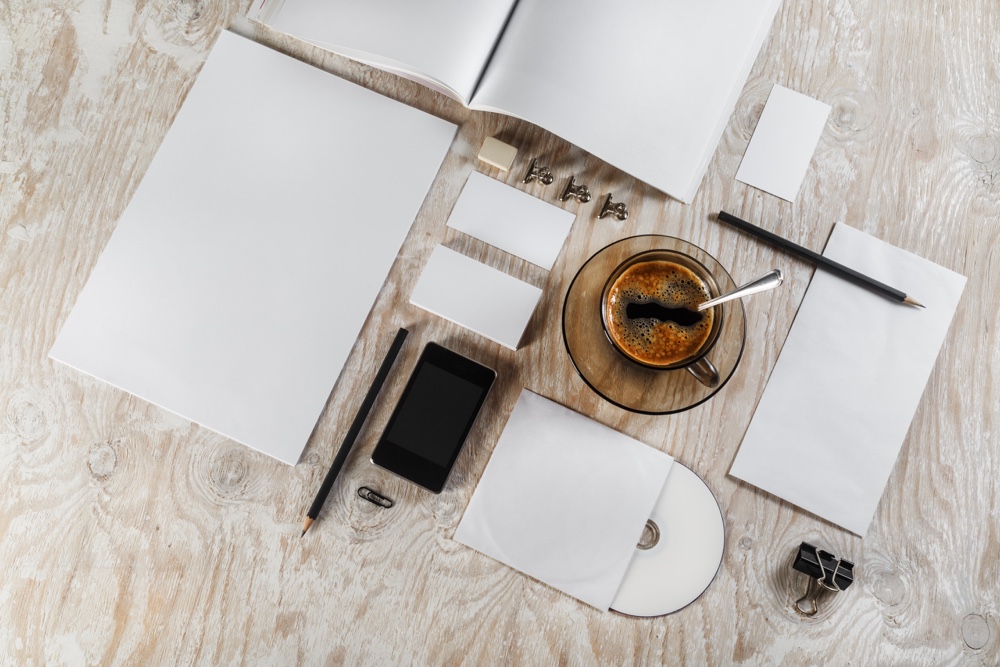Quite often de-clutter projects are started with a lot of enthusiasm; the tubs are laid out, you’ve set aside the whole day in your calendar, you’ve even made a sandwich for lunch before you started and get off to a flying start! But now comes the time when the actual sorting needs to start!
This is one of the main reasons de-clutter projects never get finished because you simply don’t know how to sort or what to do with all the stuff. It can be totally overwhelming.
ou may get through a few cupboards and boxes easily, but then you run out of puff because you have struck a problem – what do I do with this??
Why bother sorting stuff out? Can’t we just throw things into keep and chuck piles? Well, in theory that might sound logical, but you need to factor in other things such as items you might want to give to charity, items that you need to return to friends, items that need to be stored in another area of the house, and of course, those items you want to keep.
Sorting into categories is essential, or you will simply end up with two piles that seem even more overwhelming than the original clutter.
Sorting starts to bring some kind of sense to your de-clutter project and really cuts down on your workload toward the end of the project.
here are a number of different sorting methods and we are sure that one may resonate with you when working out how to actually sort your clutter.
The methods we have listed below are by no means a comprehensive list of every single type of sorting method; these are the methods that we have used and been most successful.
Traditional Sorting Methods
This method involves a number of tubs or large boxes labeled very simply; Donate, Throw, Keep. You may want to add a few more in such as “MOVE” , ie move to another room, ‘FAMILY” meaning that the items is going to be given or returned to a family member. Adding extra tubs is often useful when you are doing a really large Sort. However don’t get too carried away and create too many tubs! That could just as overwhelming as the clutter!
Yesterday, Today and Tomorrow
Create three tubs labeled, Yesterday, Today and Tomorrow.
“Yesterday” – is for all items that were relevant to your past life, but no longer have a place in your life now. The Yesterday tub can also be the garbage bin and/or the donate bin! “Today” –for all items that you need to keep because they are essential to your life today, right now in the present. Things that you use every day or at least every week. “Tomorrow” – are items that you would like to keep and most importantly, will use, in the future
Strangers, Acquaintances and Friends Method
Sounds a bit strange doesn’t it? However, this method is fantastic for people who really treat their belongings like friends or “people”.
Lay out 3 tubs and label as follows: Strangers, Acquaintances and Friends. “Strangers” – is for all those items you hardly ever use, see or are really that bothered about. These items really are strangers; your life has gone on perfectly well without them. “Acquaintances” – is for all items that you don’t see often but quite enjoy their company (or use) when you do. “Friends” – is for items that you really cherish, just like a true friend. These items are always useful, helpful and certainly required to help you in everyday life. They can also be special items given to you by important people in your life.
Treasure Hunt Method
Who would have thought that de-clutter could involve a treasure hunt? This method is particularly good for those of you who are super-overwhelmed.
Lay out 2 tubs and label as follows: Hunted or Gathered. What do they mean?
“Hunted” – treasures you have hunted down in the space you are de-cluttering and you absolutely have to keep. “Gathered” – are items that are left behind
Quick Tips
- Don’t waste time, this is not the time to reminisce over photos or mementos. Handle each item once and don’t put it down until you have made your decision (“I don’t know” is not a decision).
- How much stuff is going into the rubbish pile, this should be fastest growing pile when doing a sort. The bigger the rubbish pile, the less work for you later on.
- Don’t stop until you are finished, and when you are, move all the items for rubbish or donation out of the house immediately. (You can put the donation items straight into the boot of your car.)
- If you are working with family members and you can’t decide jointly what to do with a particular item, don’t argue about it now, set it to one side to calmly discuss later on.
If you hire a Professional Organiser to help you with your de-clutter project they may well have a different method entirely.
It really doesn’t matter which one you use, as long as you get the result or reach the goal you have set for yourself

